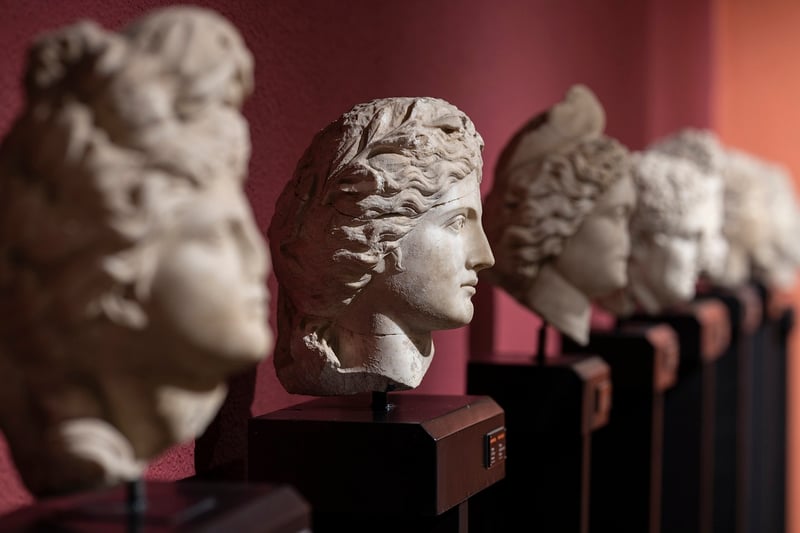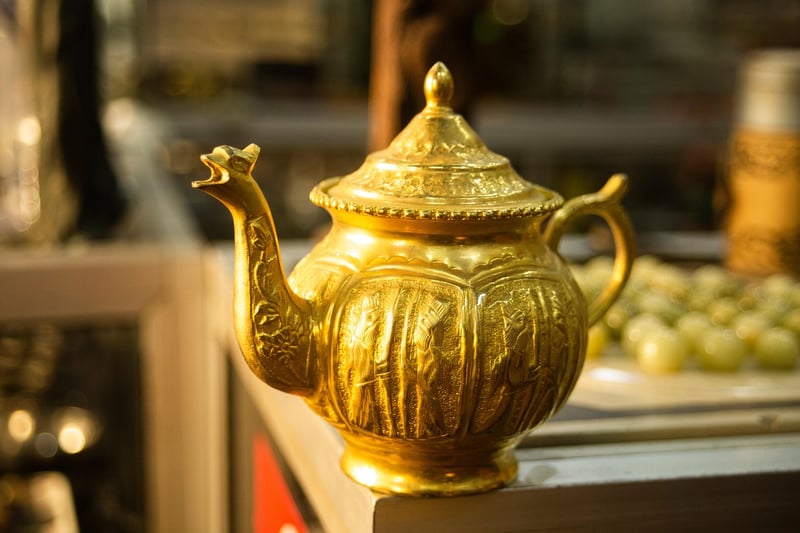Cultural Artifacts
Preserve Moments in Time with Cultural Artifacts
Preserving cultural artifacts is like capturing a moment in time, allowing us to connect with the past and gain insights into different societies, traditions, and ways of life. These artifacts are not just objects; they are gateways to understanding our history and heritage.
The Significance of Cultural Artifacts
Cultural artifacts, ranging from ancient pottery and tools to intricate textiles and artworks, hold immense value in understanding the evolution of human civilization. They provide a tangible link to our ancestors, offering a glimpse into their daily lives, beliefs, and achievements.
Challenges in Preservation
Preserving cultural artifacts poses various challenges, including environmental factors, such as humidity and temperature fluctuations, as well as human-related risks like theft and vandalism. Museums, archives, and cultural institutions play a crucial role in safeguarding these treasures for future generations.
Role of Technology
Advancements in technology have revolutionized the way we preserve and showcase cultural artifacts. Digitization efforts allow for virtual exhibitions, 3D modeling, and online archives, making these treasures accessible to a global audience while ensuring their physical conservation.
Preservation Tips
- Store artifacts in controlled environments to prevent deterioration.
- Handle artifacts with care to avoid damage from oils and dirt.
- Use specialized materials for conservation, such as acid-free paper and inert plastics.
- Regularly monitor and assess the condition of artifacts to address any signs of degradation promptly.
Conclusion
Preserving cultural artifacts is not just a duty; it is a commitment to honoring our shared history and diversity. By safeguarding these treasures, we ensure that future generations can continue to learn from and appreciate the rich tapestry of human heritage.

Image source: Pixabay
